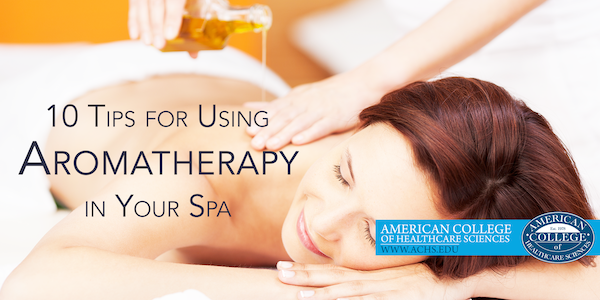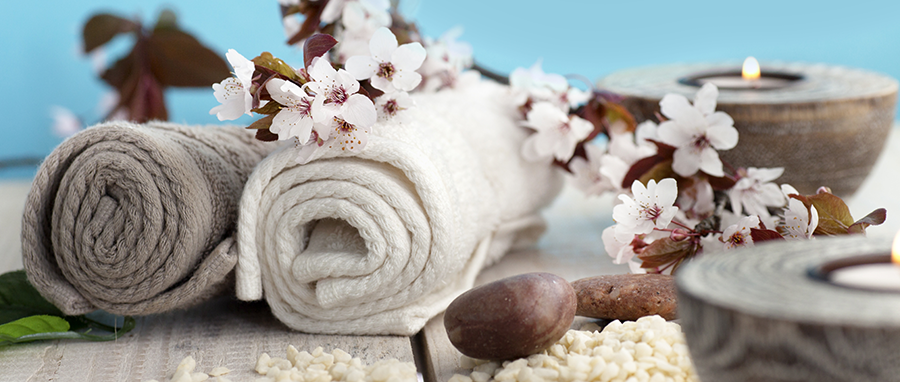
Communicating with clients is an important part of a spa professional’s job. Clients are bombarded with misinformation on television, in magazines, and on the internet about products and treatments. But, today’s clients are savvy researchers, too. They research treatments and products on the internet they are interested in, but do not always get enough information on the health benefits. Needless to say, when clients call a spa with questions, they want to talk with spa professionals who are experts in their respective fields.So how do spa professionals do this? Communication begins the moment a client calls. It is important to have knowledgeable staff at the reception desk who can answer questions. Once a client makes an appointment, the initial consultation is the best way to discuss the health benefits of spa services.
Here are my favorite strategies spa professionals can use to educate clients about the health benefits of its services:
1. An initial spa consultation is paramount.
At the initial consultation, a client should fill out an intake form, which a spa can customize based on the services it provides. Once the client has completed the form, take time to go over the intake form. The spa professional should be in active listening mode and ask open-ended questions, which will help the client to provide more specific information.
This will also help the spa professional to determine the right product and/or treatment best suited for the client’s individual needs. Together, the spa professional and the client can discuss medications and health concerns that may be contraindicated with certain treatments.
2. Proactively answer common, clarifying questions in the initial spa consultation.
Here are some common client-focused questions a spa professional can use to help further explain the health benefits of services:
- How many sessions of certain treatments will it take to resolve a health concern?
- What are the different types of facials and how are they beneficial?
- Which type of chemical peel is best for which skin concerns?
- How important is exfoliation and should it be performed every day?
- Which type of massage is best for relaxation?
- What is lymphatic massage and what are its benefits?
- How important is the intake of water on the body?
3. Use your spa’s website to its fullest potential.
Outside of the treatment room, there are several other ways a spa professional can educate clients on the benefits of its treatments. Your website is a powerful too.
A spa’s website is the first exposure to potential clients. This is a good place to talk about services. On the website, a spa won’t be able to address specific topics, but can have a FAQ page where they can go into more detail about the health benefits of specific treatments.
4. Spread the word with print materials like pamphlets.
A spa can have professional, pre-prepared pamphlets available for clients to pick up. Pamphlets can be placed in the reception area and each treatment room, and should cover the most commonly asked questions and most commonly requested services. Potential topics include: lymphatic massage, reflexology, benefits of a facial, chemical peels, reiki, hot stone massage, aromatherapy, and more.
These pamphlets are great take-aways for clients to read at home so they can process the information and ask further questions, if needed. They are also a great way to introduce a client to a new treatment.
5. Join the blog-o-sphere.
Last, but certainly not least, a spa may also want to consider launching a blog with their website. Here a spa can address popular, yet specific topics and have a place where readers can leave comments, ask questions, and even subscribe for more information, promotions, and future services. ACHS even has a CE class on how to get started with blogging.
Do you have any clever strategies for communicating the health benefits of holistic spa services?
Disclosure of Material Connection: I am on the ACHS Faculty and a guest blogger for American College of Healthcare Sciences, the Institution that publishes this blog. However, all opinions are my own. This blog may contain affiliate links. I am disclosing this in accordance with the Federal Trade Commission’s 16 CFR, Part 255: “Guides Concerning the Use of Endorsements and Testimonials in Advertising.”
This article is for informational purposes only. It is not intended to treat, diagnose, cure, or prevent disease. This article has not been reviewed by the FDA. Always consult with your primary care physician or naturopathic doctor before making any significant changes to your health and wellness routine.






